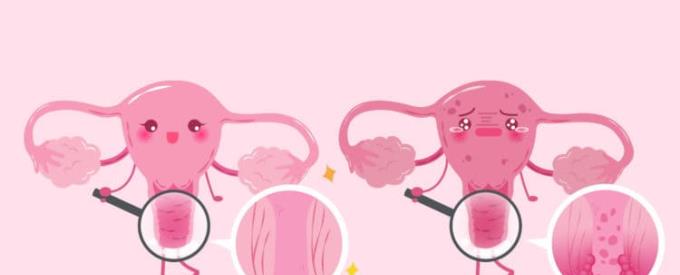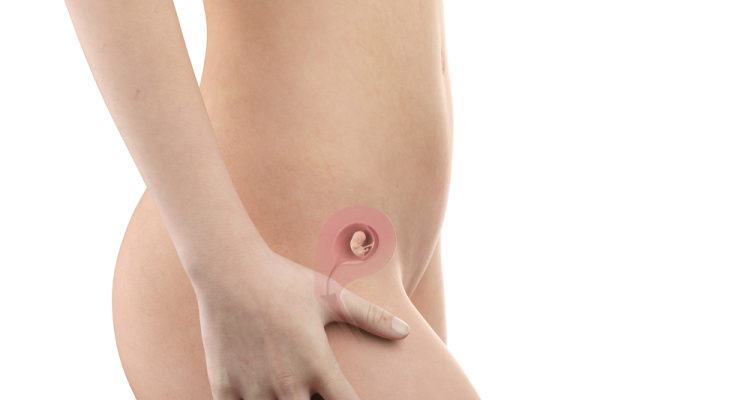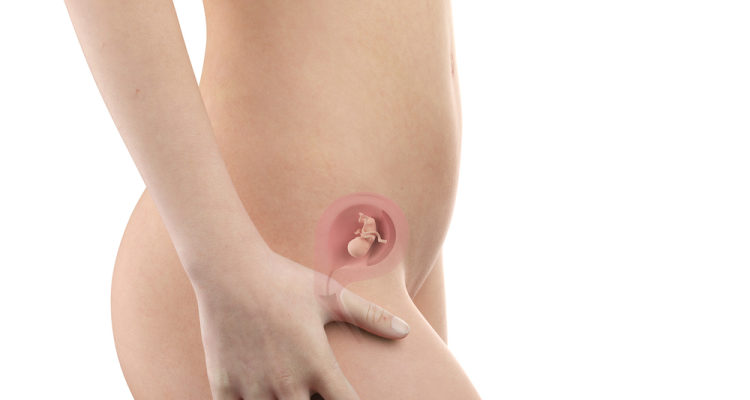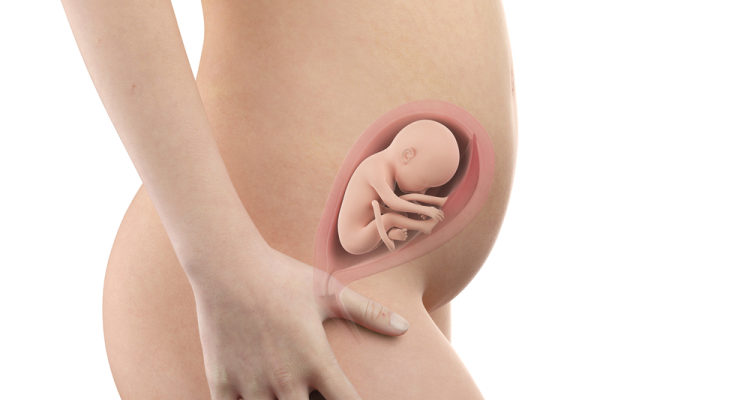Preterm birth is a big obsession for many pregnant mothers because premature babies must be born while their organs are not fully developed or even die. And one of the reasons babies are born earlier than expected is the short cervix.
To predict the likelihood of preterm delivery, physicians will often focus more on two popular and widely used methods of the fetal fibronectin test (FFN) and standard cervical length measurement according to the week of gestation. This article will focus on factors the length of the cervix , how short is the cervix, and how are the effects and treatments for pregnant mothers? Let's find out with aFamilyToday Health.
A short cervix is a risk factor for preterm birth
During pregnancy, the cervix often closes and seals the line connecting the uterus and vagina, helping to prevent infection and protect the fetus from preterm birth. Before you go into labor and give birth, your cervix dilates or expands to facilitate the birth of a little angel.
At 24 weeks fetal stage , the average cervix will be about 35mm long. A short cervix is when the length of the cervix is less than 25mm. Women with a short cervix may be at a greater risk of preterm birth than those with a normal cervical length.
The short cervix is a risk factor for preterm birth in both low-risk or high-risk pregnancies (there are many maternal abnormalities such as hypertension, diabetes, urinary protein ...). Therefore, the risk of spontaneous preterm birth increases the shorter the cervix is.
In low-risk pregnancies, women with a cervical length of 25mm shorter at around 24 weeks are six times more likely to have a preterm birth before 35 weeks of age than women with a cervical length more than 40mm. Only 2% of low-risk pregnancies have a cervical length shorter than 15mm, but up to 60% of them will deliver preterm before 28 weeks of age and 90% premature before 32 weeks of age.
How to measure the length of the cervix according to the week of gestation
The gold standard for measuring cervical length during pregnancy is transvaginal ultrasound, which is easier to observe and is more reliable than transvaginal ultrasound. Transvaginal ultrasound is also comfortable and safe for many people. Cervical changes such as cervical dilatation with ruptured amniotic fluid can be detected and probed through this ultrasound. Furthermore, ultrasound through the transvaginal transducer is safe and does not increase the risk of infection despite the rupture of young membranes.
Short cervical treatment

There are treatments to prevent the risk of preterm birth in people with a short cervix, especially in high-risk pregnancies.
1. Bed rest, antispasmodic and cervical stitching
Bed rest and provide water for the body is usually recommended to prevent the risk of preterm birth, especially people at high risk, but in fact no evidence showing the effectiveness of this measure, as well such as the possibility of delaying preterm labor.
Antispasmodic drugs of the cervix are often prescribed with a view to preventing preterm birth. However, convincing and reliable evidence is still insufficient, it is not possible to prove whether these antispasmodics can delay preterm birth by 24 to 48 hours. However, there is currently no evidence that this drug is harmful. Therefore, in acute cases and a high risk of preterm birth such as mothers with a short cervix, antispasmodic drugs are also used by doctors. Usually, antispasmodics will make you feel better and reduce anxiety.
Cervical cerclage is widely used to prevent mid- third trimester miscarriages in people at risk. Early cervical cerclage at 13 to 15 weeks is beneficial for people who have had cervical abnormalities. Although controversial, recent data suggest that cervical cerclage may reduce the risk of preterm birth in asymptomatic single pregnancy. However, in pregnant women with multiple pregnancies, this measure is not very effective.
2. Progesterone
Progesterone pills are increasingly used to prevent preterm birth. Although this has not been approved by the FDA, there is ample evidence that taking progesterone between weeks 16 or 20 and 34 or 36 weeks prevents preterm birth in many high-risk women.
3. Indomethacin, the uterus, folic acid and omega 3
Various other measures have been introduced to prevent preterm birth, although the relevant evidence is limited and more studies are needed to prove their effectiveness.
Indomethacin may be effective in preventing preterm birth in certain high-risk cases. In clinical trials, indomethacin in women with an asymptomatic short cervix in the 2nd trimester without cervical cerclage had a reduced incidence of preterm birth before 24 weeks.
Uterine implants can be effective for single mothers to prevent preterm birth before 36 weeks and twins before 32 weeks.
Diet is also seen as a means of preventing preterm birth in both low- and high-risk mothers, including folic acid and omega-3 during pregnancy.
If you have been informed by your doctor about the risk of preterm birth, especially if you have had or have had a high-risk pregnancy, it is best to learn about the symptoms of early labor and know how to do so. to ensure the safety of both mother and baby. With many of the above short cervical treatments, many are not yet fully proven, but prevention is better than cure. Hopefully, pregnant women with short cervical conditions will choose what is right for them and should consult their doctor first.












